New Product Development: A Closer look at the Design Process
Business | July 29, 2022 | By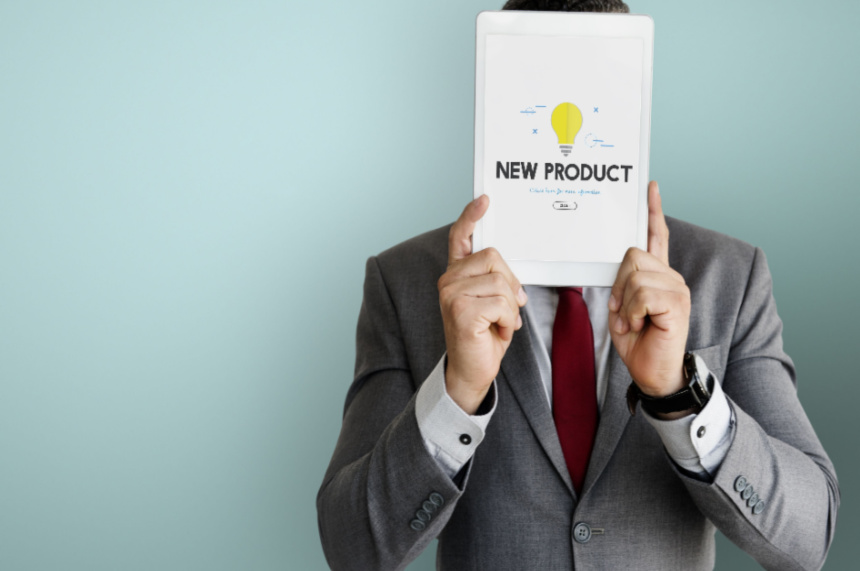
Consumer expectation of new products is increasing manifold. Products need to be of the highest quality, made with the best and most sustainable materials, should look appealing yet be ergonomic, and finally, should fit the consumer’s budget. The first step to delivering a great product is understanding the consumer’s needs. And this understanding of the consumer snowballs into an idea and comes out as a product. The objective of this blog is to detail the NPD process until step 3 when the engineering teams finalize and share the design with the procurement and sourcing teams. For steps 4 & 5, refer to the Direct Material Procurement Guide Part-1.
Stages of Product Development
The New Product Development Process falls into the following processes or Stage Gates:
-
- Idea generation
- Product feasibility study (Business Case Signoff)
- Product Design and Development (High-level product design, Prototype testing, and optimization)
- Production Sourcing (To look for suppliers who can support the Time-in-Market phase)
- Go-to-Market (GTM)
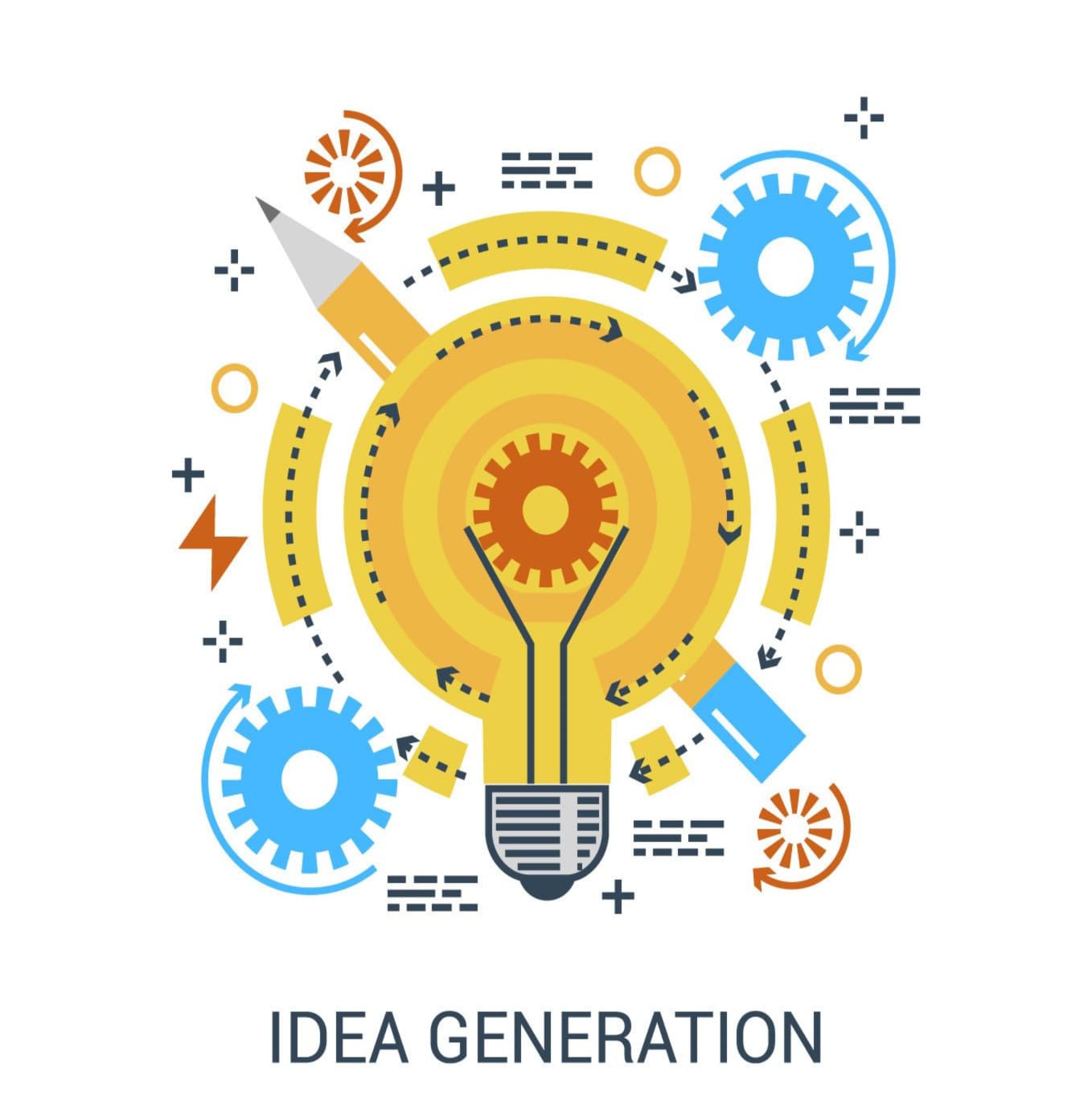 Idea Generation
Idea Generation
The first step of the new product development is ideation. The idea stage is the most important step in the NPD process because it is from the idea the products start developing. Sometimes a SWOT analysis (strengths, weaknesses, opportunities, and threats) analysis is also conducted. It is used as a vehicle to prioritize ideas in this first step. Apart from the ideation and SWOT analysis, market research is another step. It is one of the crucial steps as it helps companies to understand and examine the market associated with a particular product and the audience’s reaction to the product.
Generally, market research is of two types based on the methods and tools used.
- Primary Market Research is a combination of both Qualitative and Quantitative Research. It is a process where the organizations get in touch with the consumers. Below are the standard methods used for Qualitative Research.
-
- Focus group is a process where a sample of 6-10 people are selected to respond to online surveys.
- One-to-One Interview involves personal interaction such as an interview. It requires asking open-ended questions to facilitate responses.
- Ethnographic Research is in-depth research conducted in the natural settings of the respondents, such as a remote village, city, or town.
Quantitative Research Methods include online surveys, questionnaires, and polls. What took place offline using pen and paper has evolved into online surveys.
2. Secondary Market Research is a type of research that uses information sources like government agencies, media, etc.
Marketing research is crucial to NPD because it helps to know what the customer wants. It provides valuable information, is customer-eccentric, aids in forecasting, and gives a competitive edge to the organization.
After completing the research and collating the data, the marketing and sales teams share their findings with the product engineering teams.
Product Feasibility Study
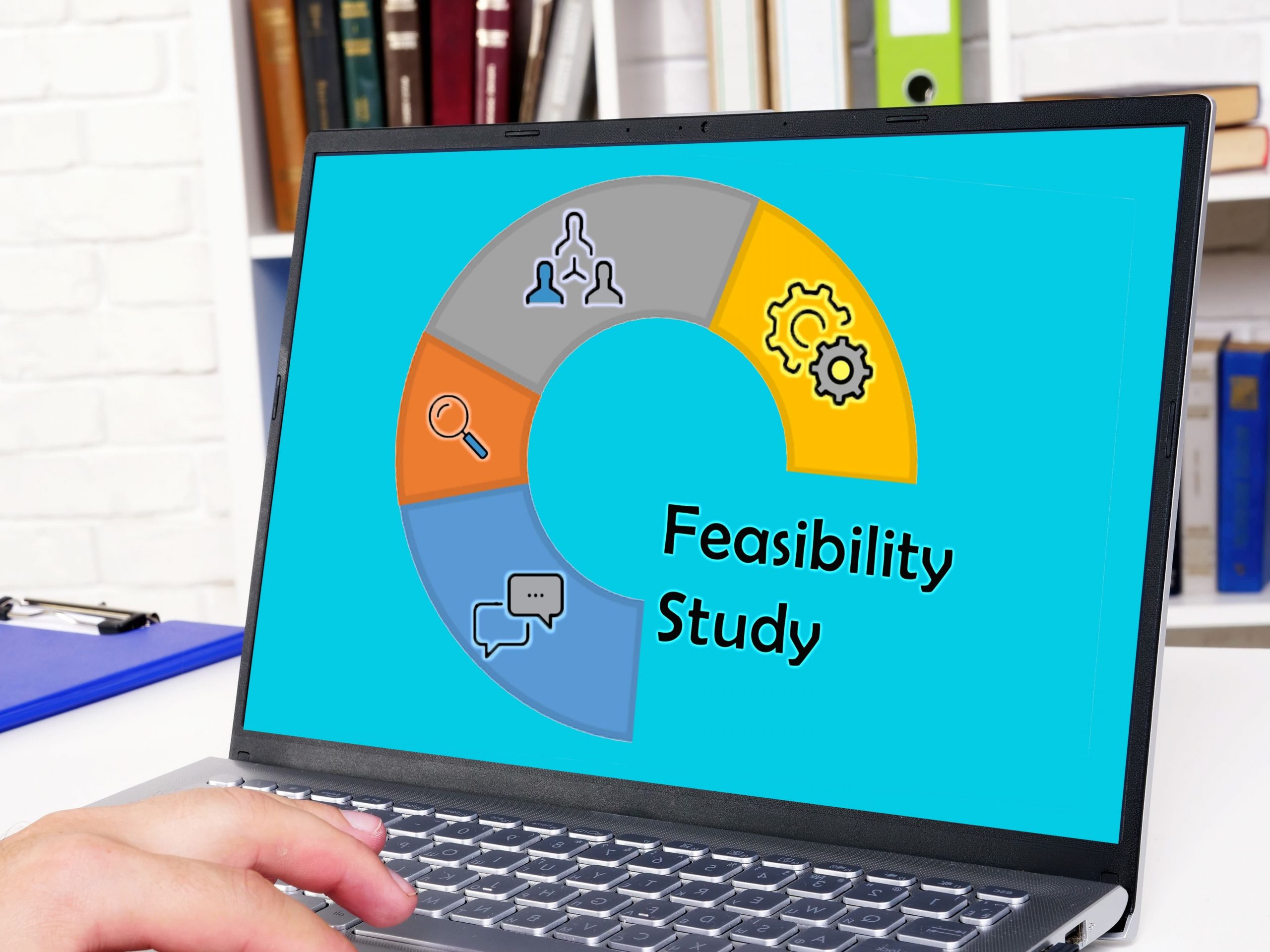 Based on the findings shared by the marketing teams, the engineering teams do the product feasibility study. A product feasibility study is a pragmatic analysis to determine the feasibility of a product. It is to understand whether the organization is realistically capable of creating the product, from design to manufacturing, to post-market release support. It is a crucial step in the New Product Development process. By doing the groundwork of generating an idea and conducting a feasibility study, product manufacturing organizations lay the foundation for coherent and organized product development. And because of this, potentially high-risk problems that could stall the project can be identified at this stage before the concept enters the design phase.
Based on the findings shared by the marketing teams, the engineering teams do the product feasibility study. A product feasibility study is a pragmatic analysis to determine the feasibility of a product. It is to understand whether the organization is realistically capable of creating the product, from design to manufacturing, to post-market release support. It is a crucial step in the New Product Development process. By doing the groundwork of generating an idea and conducting a feasibility study, product manufacturing organizations lay the foundation for coherent and organized product development. And because of this, potentially high-risk problems that could stall the project can be identified at this stage before the concept enters the design phase.
Nintendo Virtual Boy: Dismal Game plan?
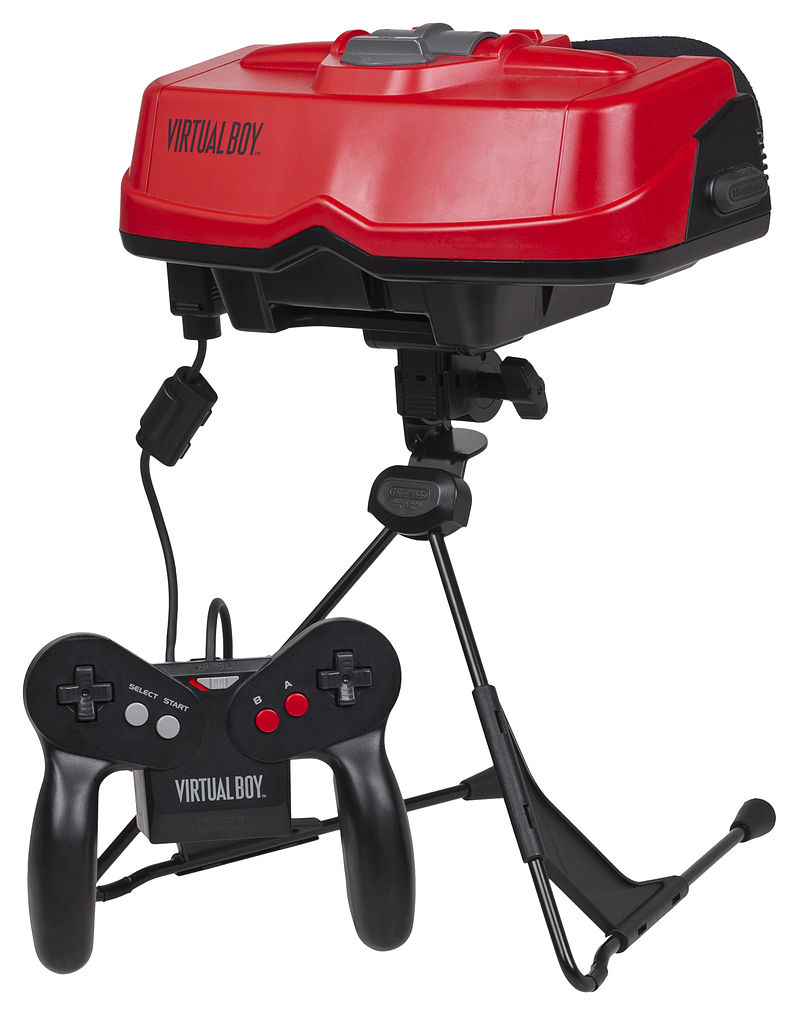 Take the example of the Nintendo Virtual Boy. Launched in 1995, Nintendo had high hopes of making a mark or being a pioneer in virtual reality gaming. But, it did not do as well as expected. The reason? It was chunky, overpriced, and unresponsive. Reports also stated that users had neck and back pain and severe eye strain. With so many negative reviews, Virtual Boy became a virtual dream and did not last long in the game!
Take the example of the Nintendo Virtual Boy. Launched in 1995, Nintendo had high hopes of making a mark or being a pioneer in virtual reality gaming. But, it did not do as well as expected. The reason? It was chunky, overpriced, and unresponsive. Reports also stated that users had neck and back pain and severe eye strain. With so many negative reviews, Virtual Boy became a virtual dream and did not last long in the game!
In the feasibility study phase, the engineering teams convey yes or no answers to the requirements submitted by the marketing teams. For example, the marketing research inference outcome could be a flying electric car to avoid the increasing traffic. The engineering teams might say no to it as so many factors are involved. It could be related to the battery capacity, design constraints since the car has to fly a certain distance carrying the same load as it would when on the ground, and so on.
The engineering teams share the feasibility study report or Engineering Specifications with the marketing teams, and they arrive at a middle ground after umpteen discussions. Sometimes procurement teams participate when costs are part of the study. Finally, the product, design and engineering, procurement, and marketing teams decide on the feasibility of the product. Also, this is the phase where the teams determine the 4Ps – Product, Place, Price & Promotion. And this is something like a business case sign-off. In some companies, the plant manufacturing teams also participate in the feasibility study to check for the manufacturing feasibility.
Product Design & Development
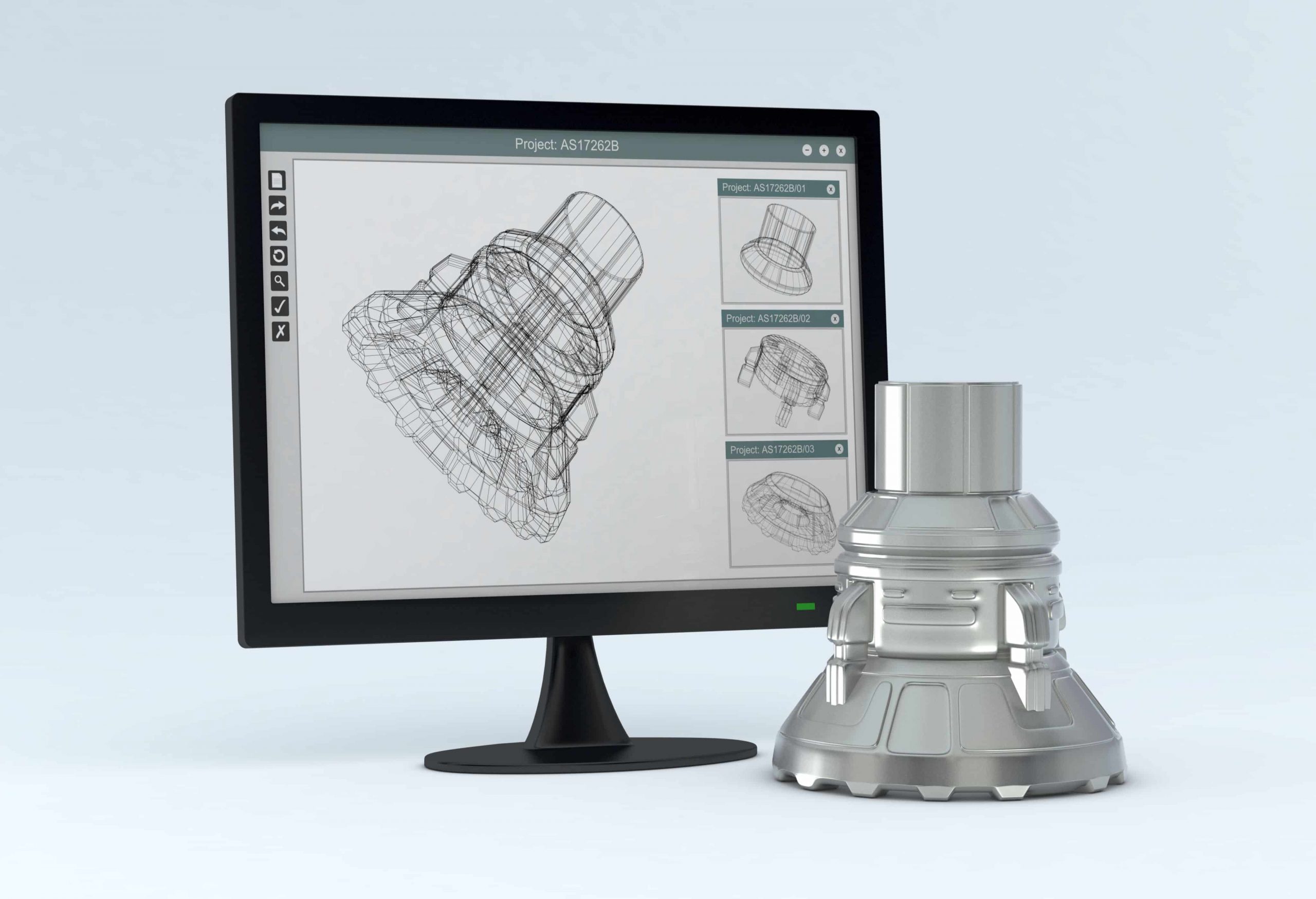
The next stage is where the conceptual design develops into a high-level product structure. Let us consider the same example as above. For practical purposes, the teams have decided to go with a non-flying electric car with higher speed and high battery capacity. The higher the battery range, the longer the travel. However, building/developing a new EV with a higher battery capacity is a huge task. The various teams (such as the drivetrain, chassis, battery, procurement, sourcing, manufacturing, etc.) sit together and start working on the high-level product structure.
While working on finalizing the specifications for the product, the engineering teams conduct a lot of simulations. Engineering teams run simulation tests for the following reasons:
-
- To identify the design, manufacturing, and development risks.
- To identify the highly stressed areas
- To identify the product behavior during a drop, that is a crash test, etc.
Also, sometimes, when simulations are not possible for a few components, the next option is to go with prototype testing. And procurement and sourcing teams get the parts/components for testing. After the teams are satisfied with the test results, they finalize the specifications for the critical part aggregates, such as the battery capacity, chassis dimensions, electrical motor power, and the like.
Prototype Testing & Optimization
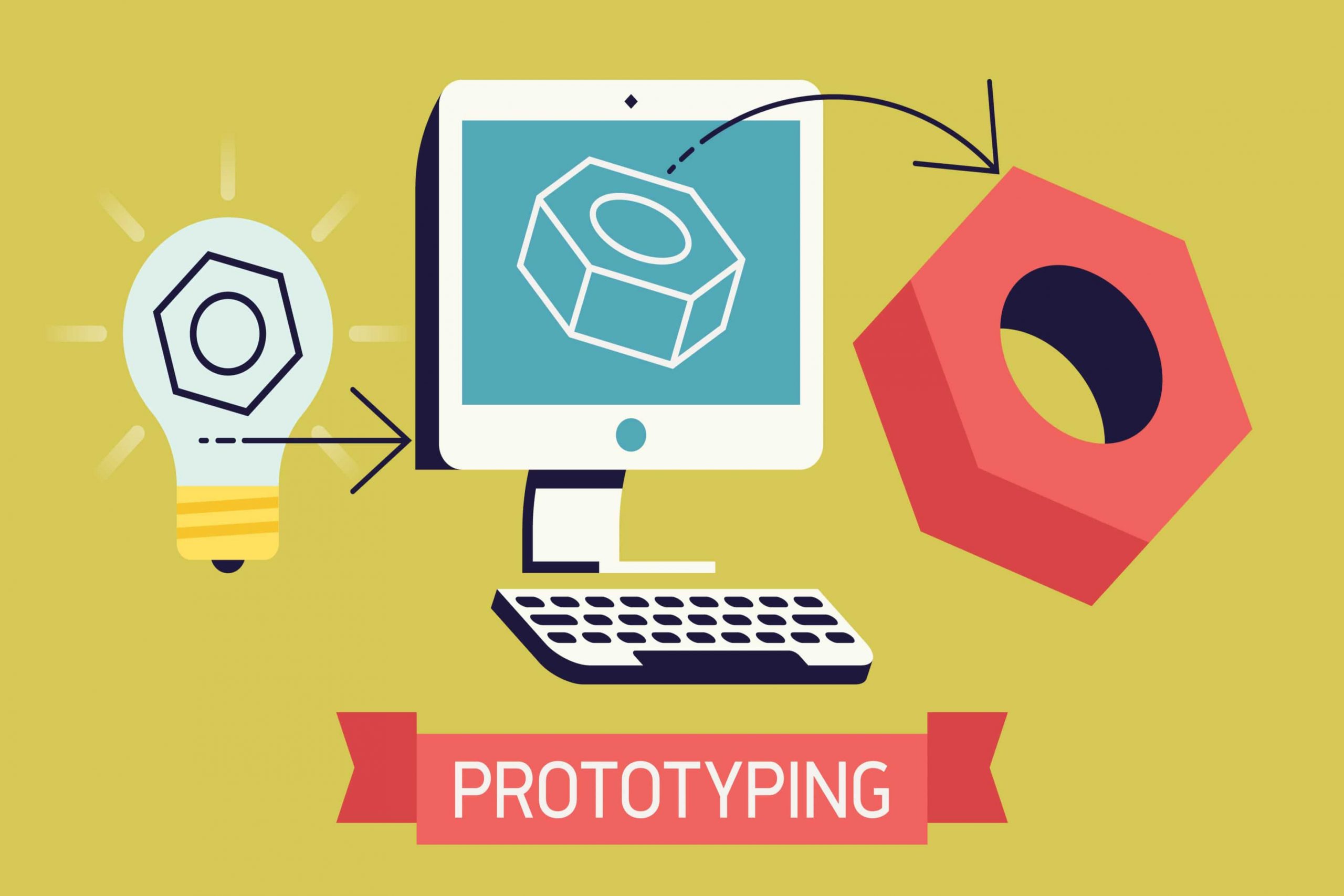 We have already discussed this topic in our Direct Material Procurement Guide-Part 1. Here is where the part or aggregate level testing happens, and the teams finalize the product design. The involvement of procurement and sourcing teams and the collaboration between the engineering, procurement, and sourcing teams define the product’s success. The procurement and sourcing teams go through the source-to-pay process, which is source-to-contract + procure-to-pay.
We have already discussed this topic in our Direct Material Procurement Guide-Part 1. Here is where the part or aggregate level testing happens, and the teams finalize the product design. The involvement of procurement and sourcing teams and the collaboration between the engineering, procurement, and sourcing teams define the product’s success. The procurement and sourcing teams go through the source-to-pay process, which is source-to-contract + procure-to-pay.
Building a prototype and testing the parts and the product development through several trials is nothing new to the manufacturing industry. Depending on the company and industry, the build phases are referred to differently:
-
- Alpha, Beta, and Gamma
- T1, T2, T3
- Concept, Functional Development, Pre-production Build. etc.
All the aggregate teams, such as the battery, chassis, transmission, drivetrain, etc., finish their initial or conceptual design and enter the next stage of testing and optimization. As mentioned above, before production, there are various phases referred to as pilot builds and ramp-up builds. During every build, the team observes and studies the product design, product performance, and the sourcing & manufacturing process for improvements. Changes to the designs happen a few times until they achieve the desired result. And the procurement teams need to bring another set of components for another round of testing. Procurement teams work continuously and closely with the engineering teams to find the right parts in every step until the teams achieve the result, which can be taken to the market. With every next phase, they get closer to the final product.
Albert Einstein once said, “The best design is the simplest one that works.” Designing the product for aesthetic appeal alone is not enough. The product has to be manufactured, assembled, and serviced too.
But creating a simple design can be difficult and time-consuming. Here is where Design for Excellence or DFx comes into the picture. The term first appeared at the Keys Conference in 1990. Design for excellence is an ever-evolving design philosophy with a set of principles in design and manufacturing. DFx methodologies address different issues that may occur during the product life cycle.
New Product Development Design Approaches
-
- Design for Reliability (DFR)
- Design for Test (DFT)
- Design for Safety (DfS)
- Design for Quality (DFQ)
- Design for Minimum Risk (DFMR)
- Design to Cost (DTC)
- Design to Standards (interchangeable parts, product modularity, product architecture, etc.)
- Design for Assembly (DFA)
- Design for Sustainability
- Design for Inspection (DFI)
- Design for Manufacturing (DFM)
- Design for Supply Chain (DFSC)
- Design for Service (DFS)
Sometimes at a higher level, companies may go one step further and introduce Design for Six Sigma (DfSS). DfSS has many design considerations and guidelines for significant improvement of product development. During all these design approaches and simulations, there can be revisions to the product design. Procurement and sourcing teams work diligently with the suppliers to bring the right part/component at the right time and quality.
After the engineering teams gain confidence in the design, they finalize the BOM and share it with the buyers to start the production sourcing process.
Also, if you’re looking to have a system in place where you can share design data & revisions securely with all stakeholders and also communicate with them in a single place, try Zumen. Contact [email protected] or book a free demo now!













